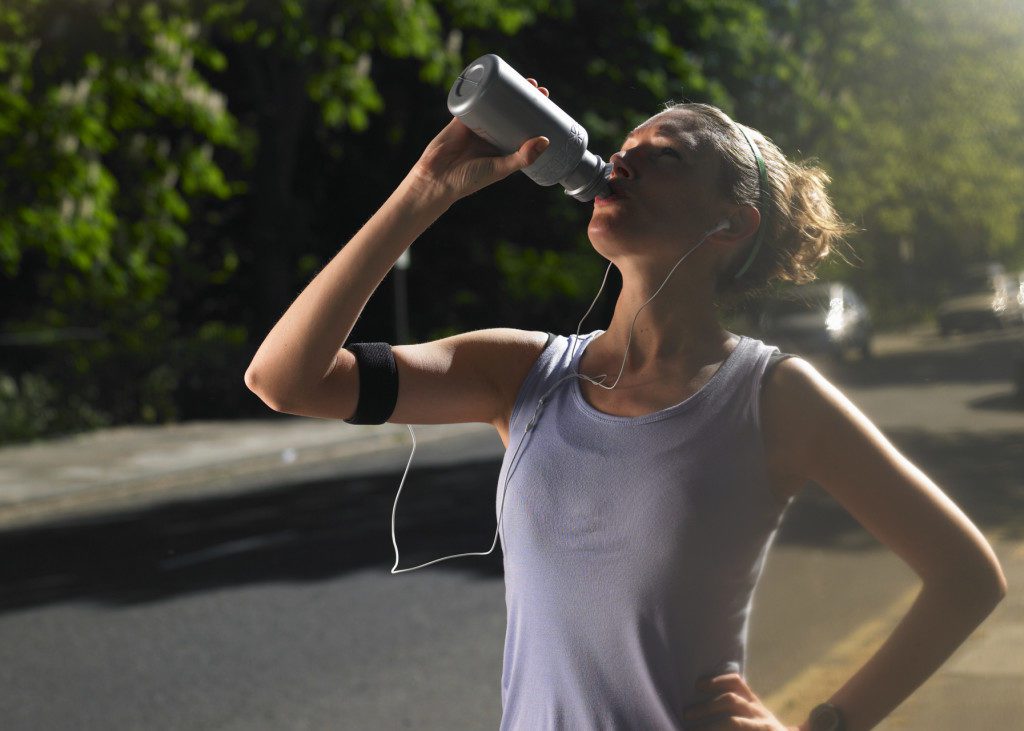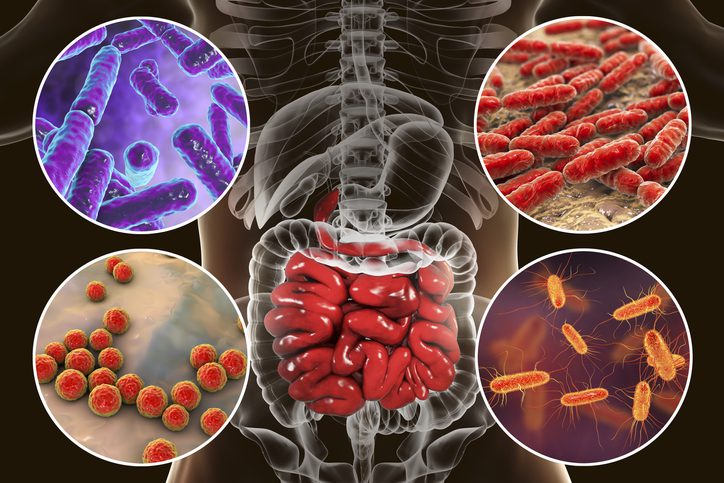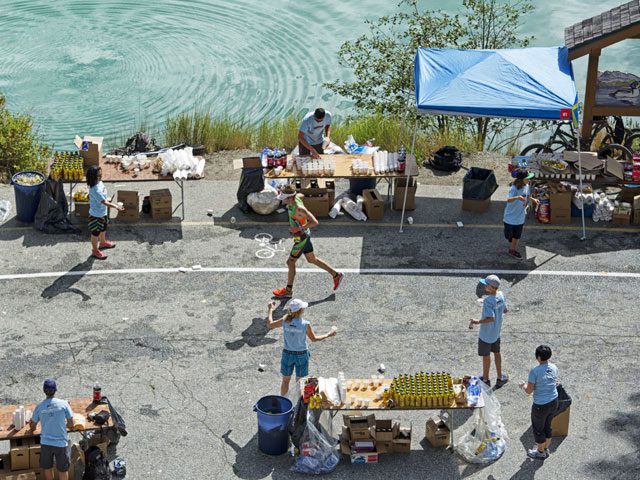How hydrating with water alone is affecting your performance
Overhydration is doing you more harm than good, and it is increasing your likelihood of exercise-induced hyponatremia.
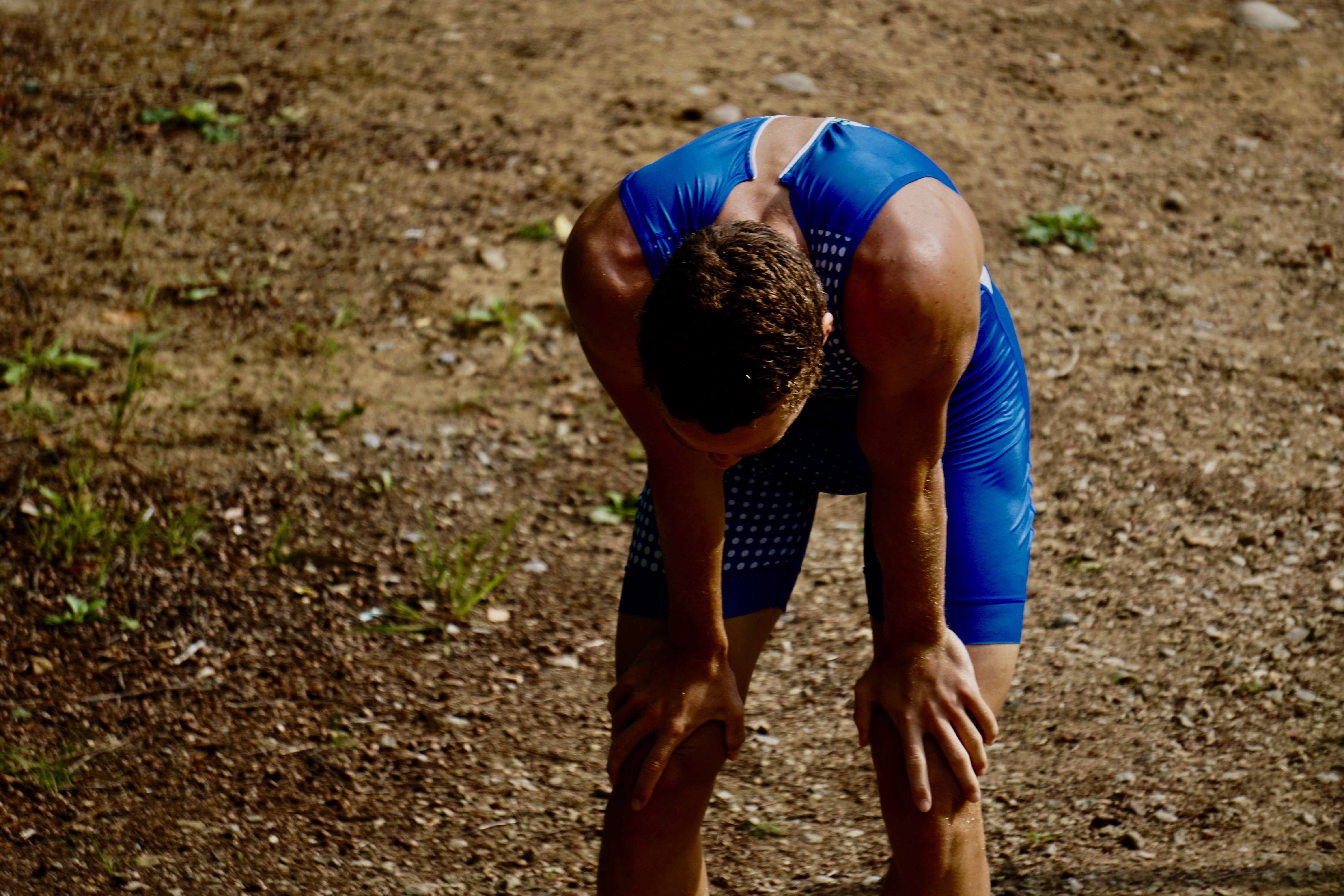
It’s something you hear everywhere, “hydrate, hydrate, hydrate,” “remember to keep drinking” and “drink lots of water.” Though this may not be wrong per se, the advice often gets oversimplified by athletes and leads to a decrease in performance.
While dehydration does significantly affect performance, overhydration can be just as harmful. When urine becomes visibly clear, it likely means the water isn’t sitting well in the body (being absorbed) – a sign of overhydration. In 2015, a study published in the American Journal of Clinical Nutrition compared the effects of hydrating with different beverages – plain water, sports drinks, milk, orange juice, coffee, tea, and even beer. Based on urine analysis, researchers concluded that milk, tea and orange juice increased hydration among participants significantly more than plain water.
Related: Determining your hydration strategy for a triathlon
Does this mean you should scrap drinking water altogether? Of course not. However, it does raise concern for those that guzzle down water in an attempt to hydrate, because it may be doing more harm than good. Water without ingestion of other nutrients such as electrolytes, amino acids, fats and minerals, is not going to be as easily retained by the body and thus removed via urination.
Hydration efforts without the presence of other nutrients can lead to the body flushing out essential nutrients for endurance performance and overall bodily function. One of those key nutrients, sodium, can be easily removed in urination and reduced levels can cause hyponatremia.
Related: Top five tips to avoid dehydration in a triathlon
The Mayo Clinic defines hyponatremia as when blood sodium levels become abnormally low. This causes an imbalance between water and sodium, leading to a swelling of cells which can cause health complications such as seizures, nausea, muscle cramps, headaches, fatigue and confusion. In severe cases, especially when paired with endurance activities, hyponatremia can be fatal.
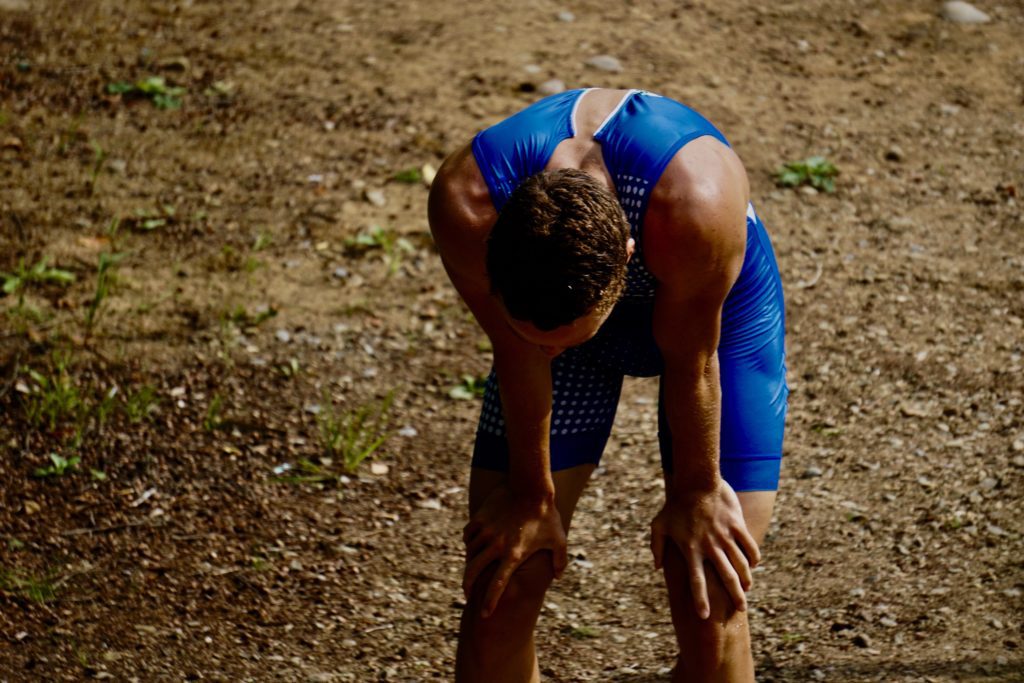
Exercise-induced hyponatremia (EAH) is commonly reported in endurance athletes, and it’s incidence increases with distance. In fact, in a review published in the Clinical Journal of the American Society of Nephrology, EAH was the most common medical complication in an endurance event and is a cause of many race-related fatalities. In recent studies and literature reviews, it is estimated that EAH occurs in approximately 13% of individuals completing a marathon, 18% Ironman triathletes and as many as 30% of ultramarathon runners.
EAH will occur due to an excessive loss of sodium without adequately replenishing sodium levels throughout the event. EAH combined with overhydration via water is what increases the likelihood of health complications during the event.
The takeaway message is to hydrate properly with other nutrients. This doesn’t mean to forget water and start throwing back orange juice and milk, but instead, be reasonable with your water consumption.
It is commonly recommended to drink according to thirst – no more than 400 to 800 ml/hr. The higher intake would be recommended for endurance athletes with higher rates of exertion. These rates are significantly below the levels of consumption that are seen in athletes who develop EAH (up to 1.5 L/h water).
Hydration techniques do take some trial and error as it is so variable between individuals. So, in the weeks before your Ironman, marathon or Gran Fondo, make sure you experiment with different fluids and electrolyte powders to see what works best for you. The American College of Sports Medicine recommends that an intake of 0.5 to 0.7 g of sodium/L of water and 30-60 g of carbohydrates per hour is an appropriate level to sustain endurance activity.
Takeaway points:
- Pre-race: hydrate with a variety of beverages. A common practice among triathletes is sipping sport drinks or electrolyte mixes that have a high concentration of electrolytes.
- Race: have a well-practiced hydration and nutrition strategy. In practice, experiment with water, electrolyte mixes, salt tablets, and carbohydrate products.
- Post-race: refuel with post-race products with a four to one ratio of proteins to carbohydrates.
